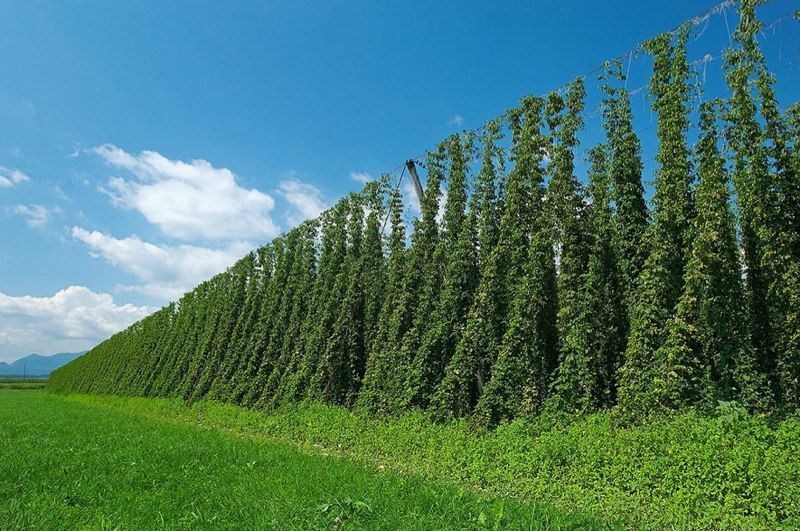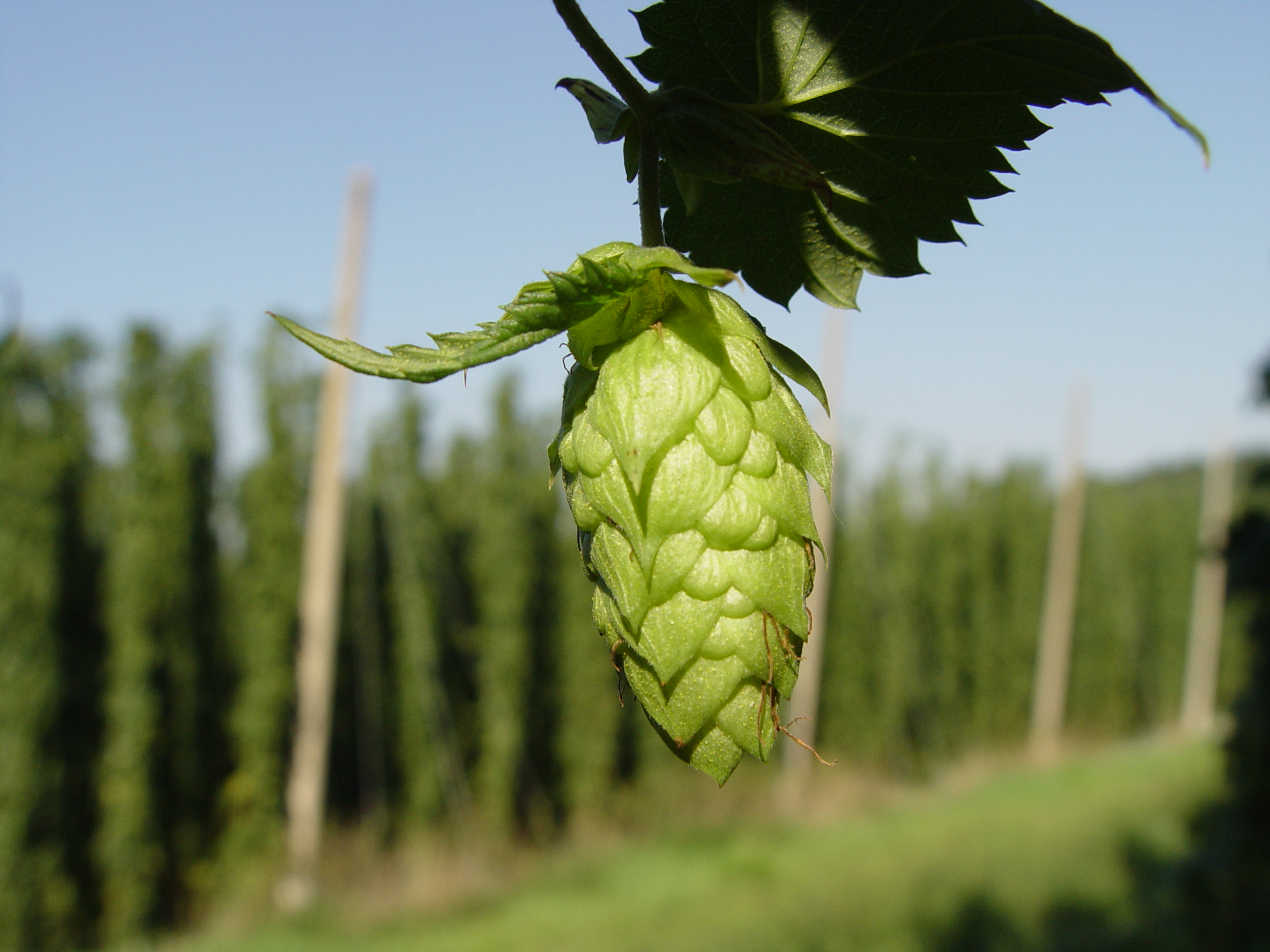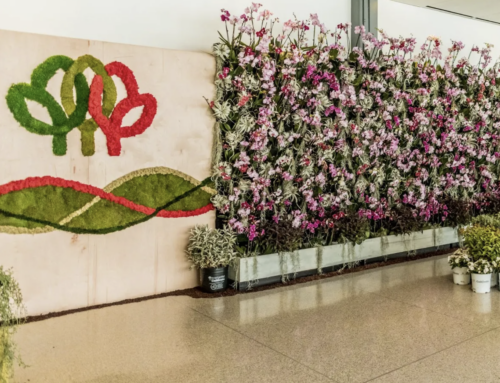Happy #NationalBeerDay!
Hops are the flower of the Humulus Lupulus plant. Brewers first started using them in the 9th century. There are many different hop varieties, each with a unique taste and smell.
GROWING REQUIREMENTS
Hops are hardy perennials that generally need 120 frost-free days and full days of direct summer sun. They thrive in USDA Hardiness Zones 3 through 8. Internationally, commercial hops production falls between 35 and 55 degrees of latitude, but local demand is disrupting traditional notions about what grows where. Innovative growers are manipulating microclimates and introducing ever more disease- and weather-resistant cultivars.
In cooler climates, plant hops along a south- or west-facing wall to take advantage of its radiating heat. In hot, dry climates, select a location that receives partial afternoon shade. Sandy loam with a soil pH of 6.0 to 7.0 is ideal, but hops grow in a range of soils. Good drainage is key. After the danger of frost is passed, plant rhizomes 2 inches below the soil surface with buds facing upward, or space cuttings 24 to 36 inches apart. Apply a balanced fertilizer (16-16-16) to encourage initial growth.
Once days are consistently warm, shoots emerge and rapidly climb skyward. Early pruning will prevent your yard from becoming a hops jungle. Select three strong bines and train them in a clockwise direction around a post or trellised twine. Snip weaker shoots at ground level. Once the bines are trained, remove foliage growing up to one foot from the ground to prevent disease and allow air circulation.
During the first year, focus on root development, rather than harvest, to ensure healthy revival the following spring. A five-foot support structure will encourage dense foliage, but fewer hops. The energy saved by foregoing fruit allows the root system to store carbohydrates for future growth. (Hops die back to the crown at fall’s first frost, but the underground root system remains hardy.) The following year, provide a 15-foot support, and look forward to a bountiful harvest.
Newly established plants benefit from frequent watering. Drip irrigation helps ensure consistent moisture, and mulching with compost or straw will conserve water. Excess moisture on foliage contributes to mildew, so its best to avoid overhead sprinkling. In wetter climates, such as the Pacific Northwest, disease-resistant cultivars ‘Cascade’ and ‘Crystal’ are more successful.
Spider mites, Japanese beetles and aphids can attack foliage in summer, particularly in warmer climates. Check frequently for pests, and use miticides or insecticidal soap to cut down on insect damage. ‘Zeus,’ ‘Cascade’ and ‘Nugget’ have shown success in the humid Mid-Atlantic.
HARVESTING HOPS
Hops usually mature in late summer, depending on the cultivar and climate. Determine if hops are ready for harvest by picking a few from the upper canopy. Mature cones will feel dry and papery. Golden lupulin may stick to your fingers, leaving a pleasant aroma. If hops are too high to reach, cut bines down to three feet and lay them on the ground to pick. The tiny hairs may irritate skin, so wear gloves.
Back-yard gardeners have the good fortune to choose how they wish to use their hops. Traditionally, brewers preferred dried hops, which have a longer shelf life. In the 1990s, microbreweries with access to locally grown hops experimented with freshly picked cones. These so-called wet hops impart a sweeter, vegetal flavor, but they must be used within 24 hours of harvest.
To dry hops, lay them on large screens in a well-ventilated location for several days, or dry them in a 125˚F oven for two hours. Once they’re dry, store cones in airtight containers or freeze them. Regardless of their intended use, hops remain firmly rooted in our culture. Growing some will undoubtedly spice up neighborhood conversation.3
— Quoted content from www.hortmag.com. (Click the link to learn more.)

Check out these facts about hops:
- They grow on Bines, not Vines.
- More than 75 varieties exist.
- They can grow up to 12 inches in one day.
- Hops used to be used as a preservative in beer.
- They are perennials. The soil must be prepped before planting them.
- Lots of water is needed, but the roots do not like being wet.
- Harvest is generally during the months of August – September.
- They can induce sleep – since they are soporific.




